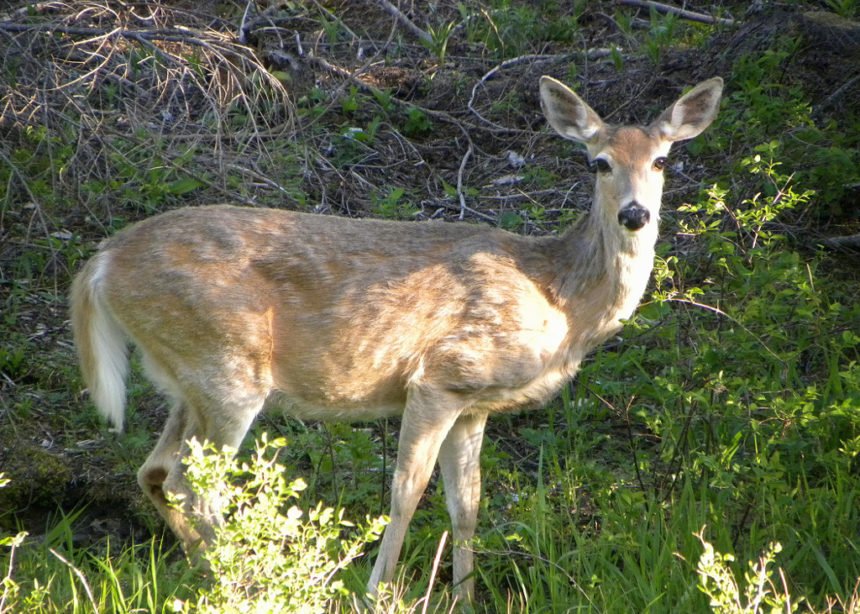ODFW IDs cause of NE Oregon 2,000-deer die-off

Epizootic hemorrhagic disease, or EHD, a seasonal disease
PENDLETON, Ore. (KTVZ) -- Tests conducted by Oregon Department of Fish and Wildlife veterinarians have confirmed that Epizootic hemorrhagic disease is responsible for the die-off of an estimated 2,000 white-tailed deer in Eastern Oregon, the agency said Tuesday.
The EHD outbreak impacted white-tailed deer on the western face of the Blue Mountains, from Milton-Freewater to the Pilot Rock area.
EHD losses are not uncommon in Oregon and is not expected to have long-term effects on the deer population size, ODFW said. Mule deer in the area were not documented to be affected by the EHD outbreak.
Wildlife biologists first learned about the white-tailed deer die-off in late fall, when landowners began reporting dead deer. ODFW collected tissue samples for testing and lab results later confirmed EHD as the cause of death. Surveys in December showed fewer white-tailed deer, leading to an estimated potential loss of 2,000 deer from the disease.
ODFW said it is still determining if deer tags for the fall 2020 seasons need to be reduced or hunts cancelled in the units affected (Walla Walla, Mt Emily, Ukiah). Hunters will be informed of any changes by April 15, so they will have time to change their controlled hunt application choices before the May 15 deadline.
EHD is a seasonal disease that can occur during the late summer and fall months. It is different than Adenovirus hemorrhagic disease (AHD), which can occur year-round. EHD is transmitted by biting midges known as “no-see-ums” or gnats. These breed and live in small pools of warm, stagnant water; even in pools as small as a hoof print filled with water.
As deer gather at these water sources, they may become exposed to infected biting midges. However, freezing temperatures can kill off insects that transmit the disease.
EHD is known to have existed since the 1890s and is found in most of the United States, with the exception of the extreme Northeast and the Southwest.



